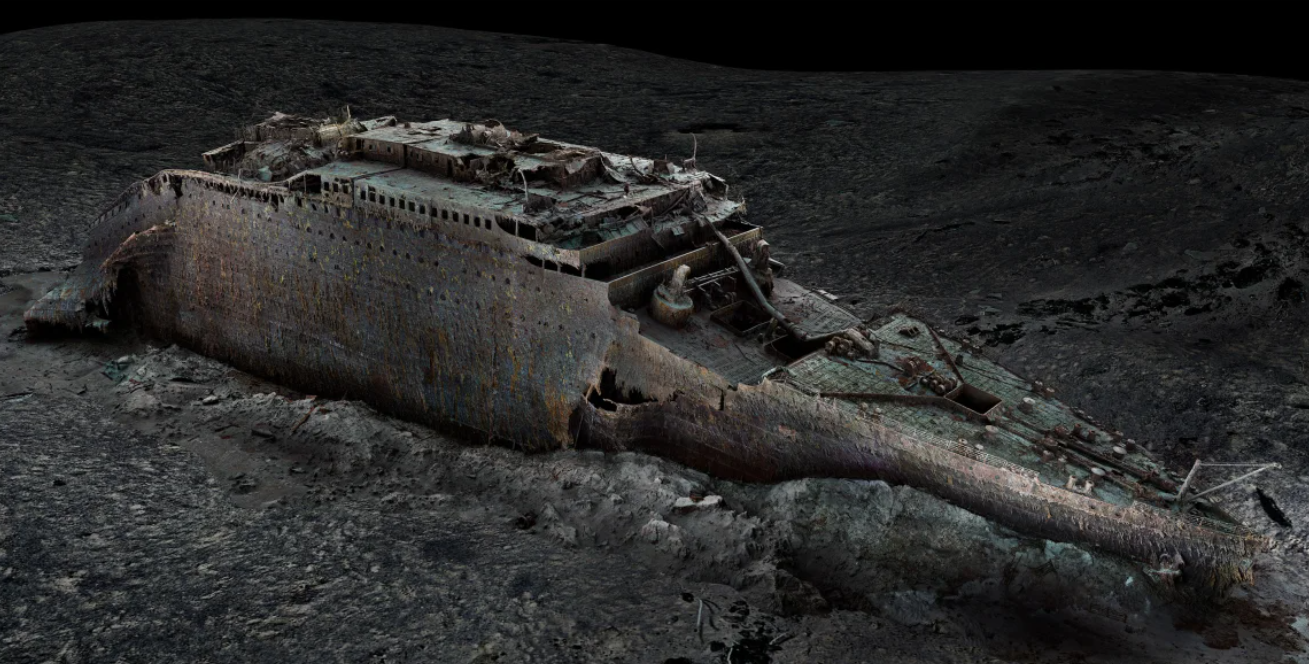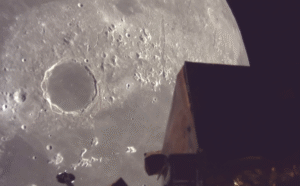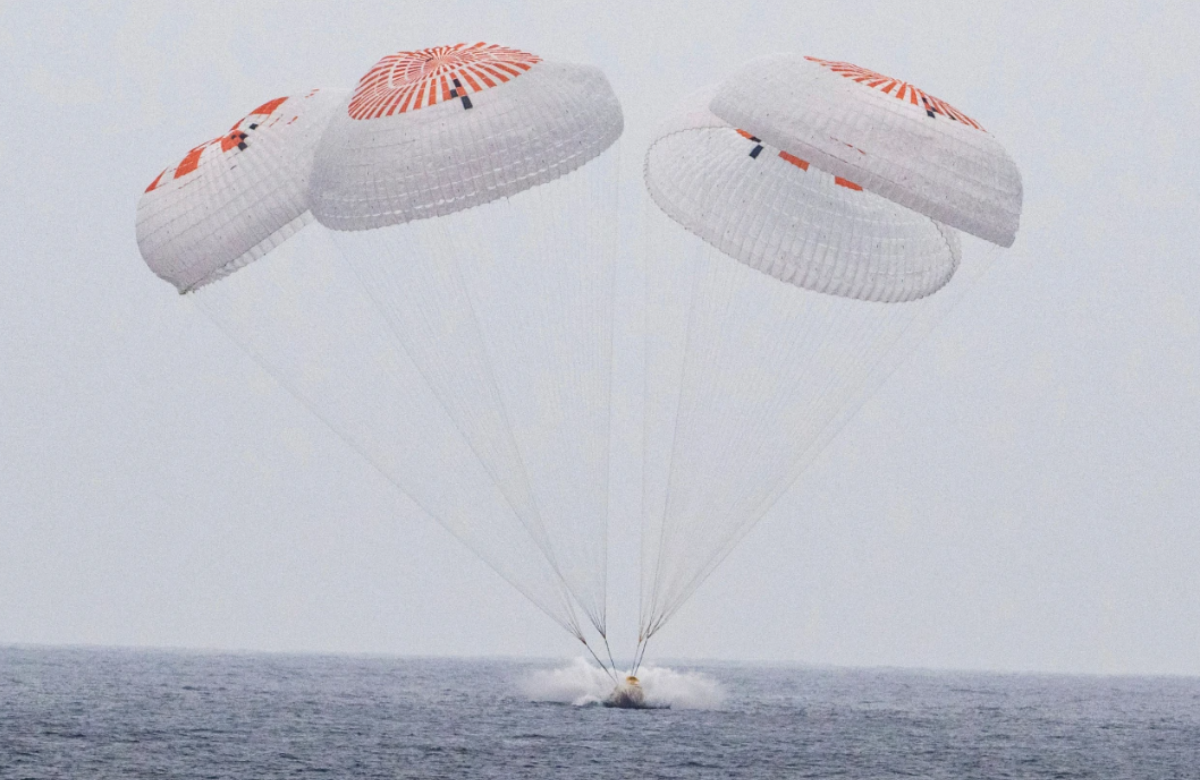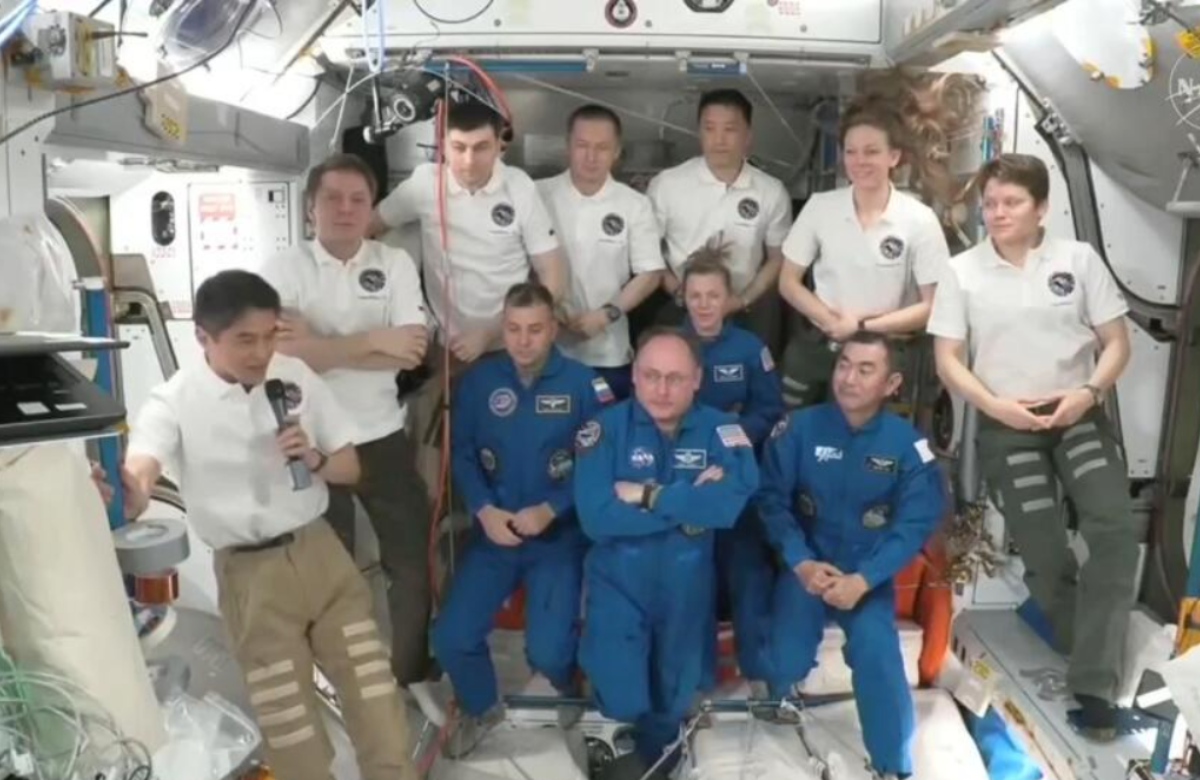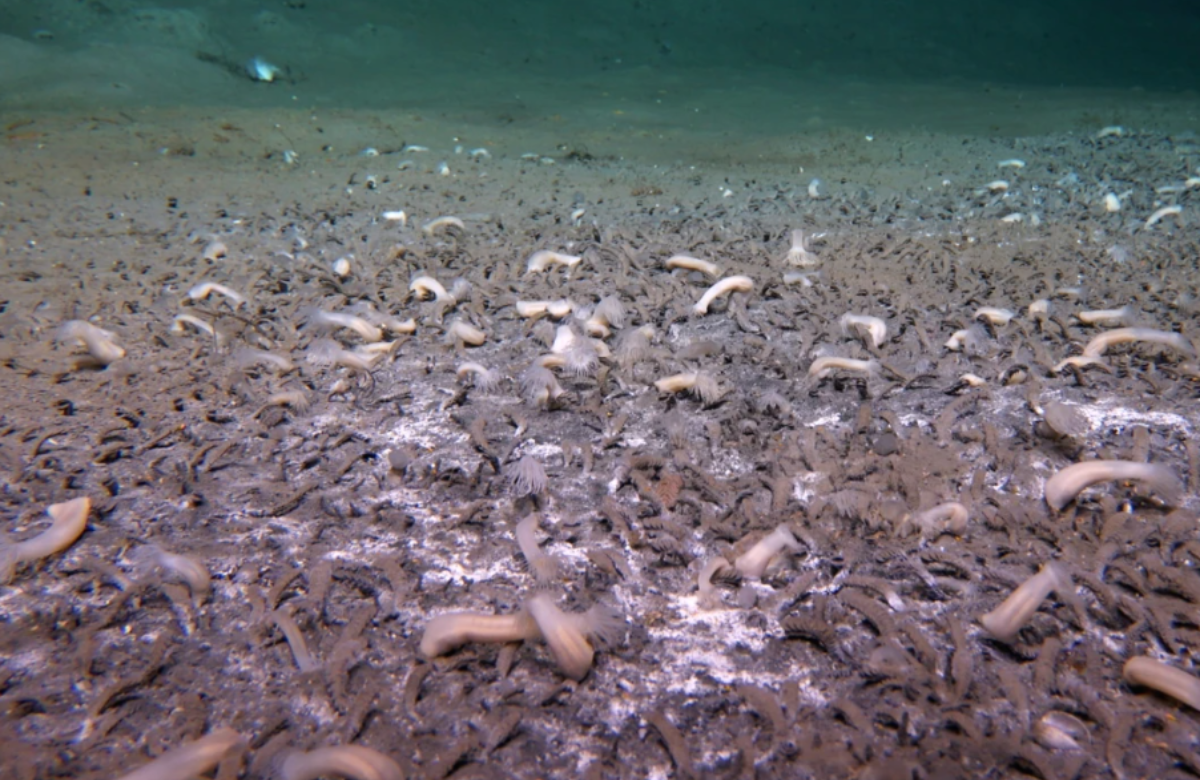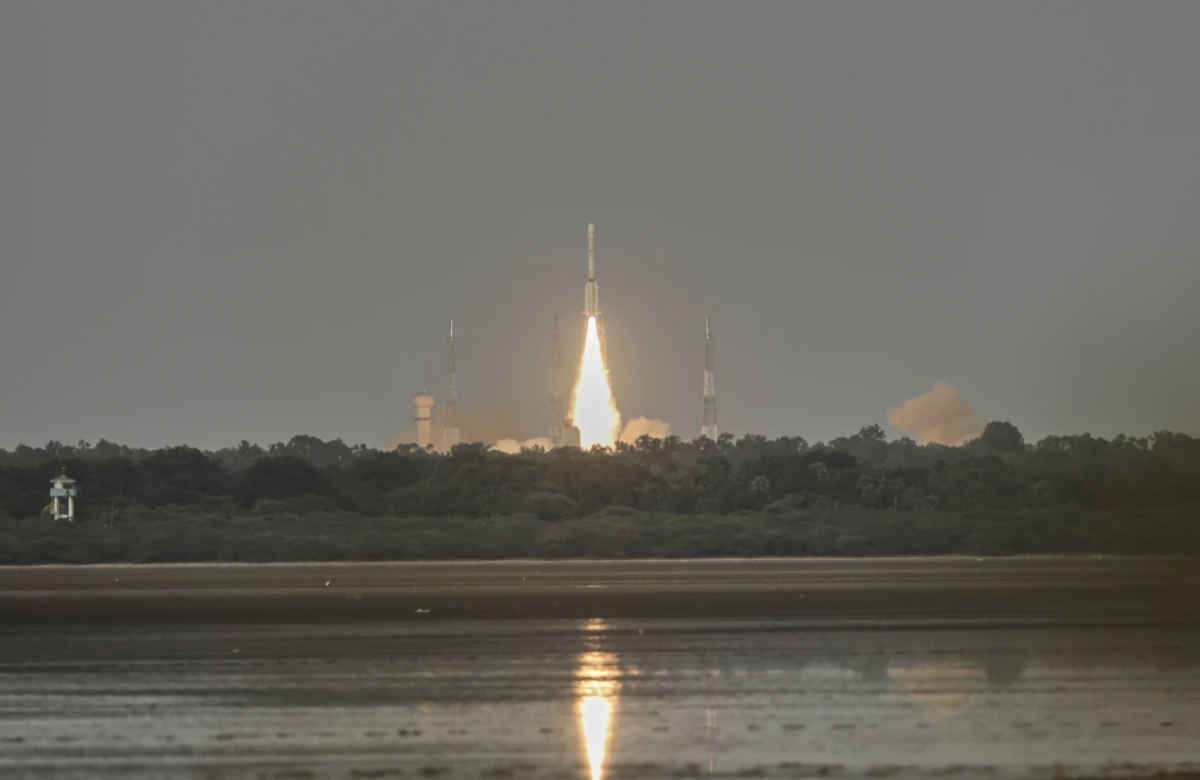A new documentary, Titanic: The Digital Resurrection, reveals groundbreaking results from a project that created 3D underwater scans of the ill-fated RMS Titanic, which sank 113 years ago. The documentary highlights how the deep-sea mapping company Magellan developed the most precise model of the Titanic ever made—an exact digital replica, or “digital twin,” down to the rivet.
The Titanic, which set sail on April 10, 1912, was the largest passenger ship in the world and deemed unsinkable. However, just four days into her maiden voyage, the ship collided with an iceberg on April 14, sinking within three hours. Tragically, more than 1,500 of the 2,220 people on board lost their lives, making the Titanic disaster one of the most infamous shipwrecks in history. Over 700 people survived.
In the 90-minute documentary, filmmaker Anthony Geffen uses the scans to reconstruct the Titanic’s final moments and uncover new insights that challenge previously held assumptions. Titanic experts, including analyst Parks Stephenson, metallurgist Jennifer Hooper, and master mariner Chris Hearn, guide viewers through a full-scale reproduction of the ship, pointing out previously unnoticed details.
One significant discovery is a steam valve left visibly open, supporting accounts that engineers in Boiler Room Two remained at their posts for more than two hours after the iceberg collision. This helped maintain the ship’s electricity supply and enabled distress signals to be sent, potentially saving many lives. The 35 men in the boiler room may have sacrificed themselves in the process.
The documentary also features the examination of hull fragments from the wreck site, showing that the Titanic didn’t split in two but was violently torn apart, likely impacting first-class cabins where wealthy passengers, such as J.J. Astor and Benjamin Guggenheim, might have sought refuge.
The scans also help clear the name of First Officer William Murdoch, who was previously accused of abandoning his post. The positioning of a lifeboat davit supports the testimony that Murdoch was swept out to sea as the crew attempted to launch the lifeboats.
Additionally, the digital twin captures how parts of the wreck are continuing to collapse, but it also preserves the Titanic in perfect detail as it appeared in 2022, securing its place in history. The scans mark a new era in underwater archaeology and ensure that the Titanic’s legacy will be preserved for future generations.
TITANIC: The Digital Resurrection will premiere on National Geographic on April 11 and will be available for streaming on Disney+ and Hulu starting April 12.
